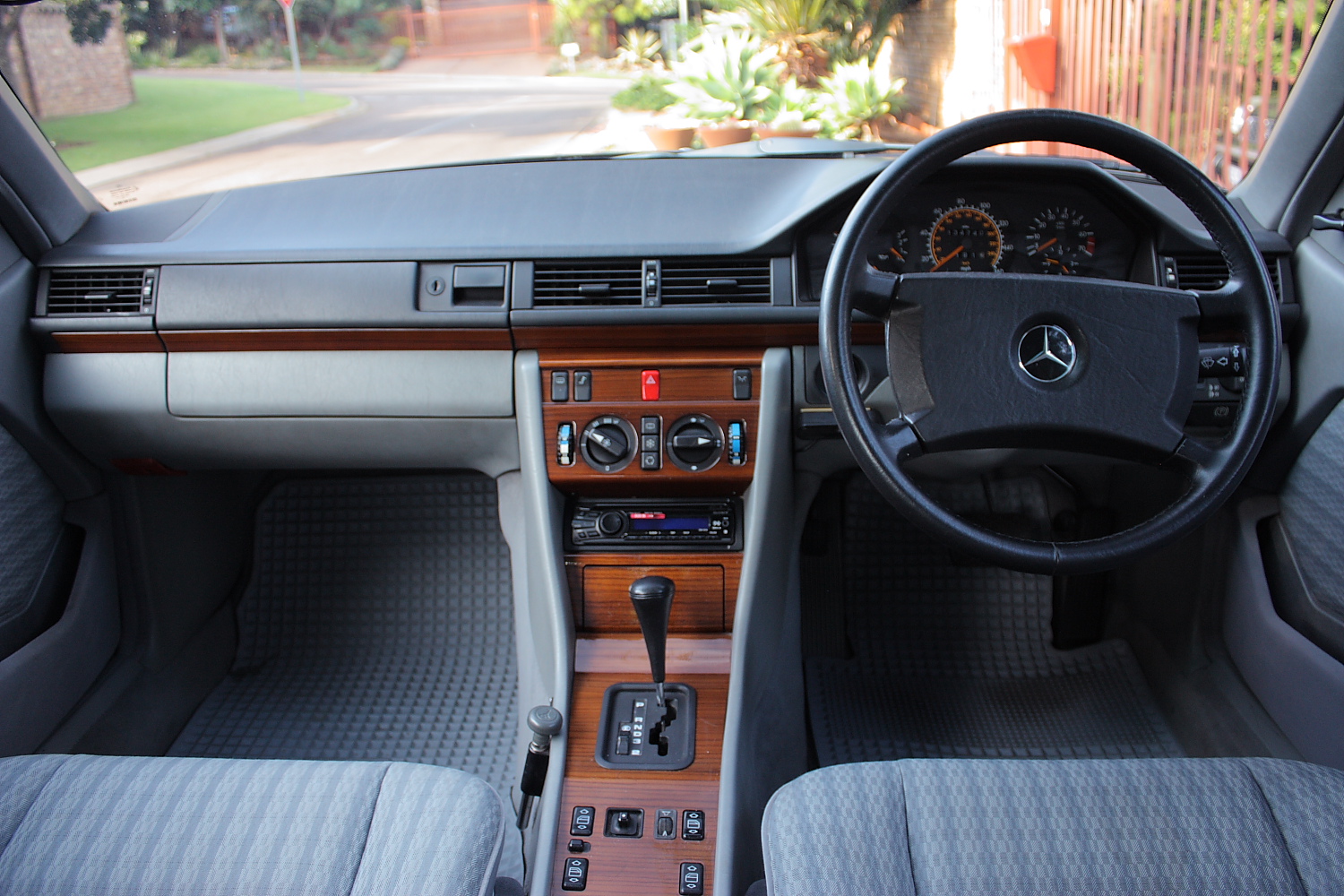The W124 class is widely recognised as the "last of the real Mercedes" (although it could be argued that in fact it was the W201 190E series), that is from the days when the engineering teams ruled the roost, not the accountants.
Given the numbers still around on the road today then it can be accepted that this reputation is probably justified. However that longevity brings opportunity.
The rules of supply and demand mean that with few buyers interested in buying older cars, even those with the famous three pointed star on the bonnet and plenty still around prices remain relatively low.
Although acknowledged as an excellent starter classic, or even a daily driver that's something different their prices remain anchored in four figures. The four cylinder 230 and 220 models are generally cheaper but even the 300 and 320 models can often be found for around £2000.
 In fact the cheapest we found with a quick internet search was a 300CE 24V at Old Colonel Cars at £1,795. OK, it's a bit leggy at 153,000 but these cars are reknowned for high mileages, and it's the more desirable sportline model. It also has a virtually fresh MOT.
In fact the cheapest we found with a quick internet search was a 300CE 24V at Old Colonel Cars at £1,795. OK, it's a bit leggy at 153,000 but these cars are reknowned for high mileages, and it's the more desirable sportline model. It also has a virtually fresh MOT.At the other end of the spectrum, Mercedes specialist Avantgarde had this 320CE for £7,995. It's no doubt nicer but it does prove the variability of pricing for these models.
These cars often attracted a better class of owner and with regular maintenance problems are few. Rust can start to appear around the front and rear arches over time but other than that the main issue is wiring on the 6 cylinder models where the loom runs over the engine.
The 6 cylinder models are the ones to go for, but in reality they are for wafting and not hustling so the four cylinder models can be just as attractive, provide a relaxing drive, less mechanical risk and a healthy saving on the purchase price in many cases.
A lovely example of how well made these cars where is in the accessories switch panel. Look at the image to the left and you'll notice that the wooden (zebrano for me please, though most prefer the optional walnut) section where the switches are mounted has no blanks, each car had an mounting panel to match it's configuration.
When people say "they don't make them like they used to", chances are it's the W124 they are talking about!








